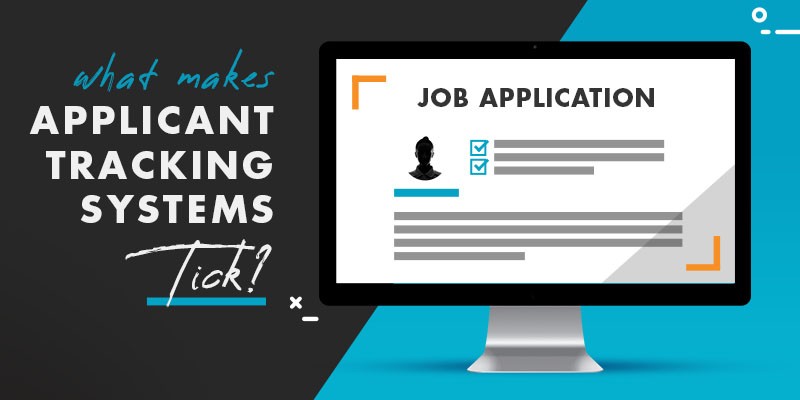If you’ve applied for a job in the past 10 years, you’ve probably come across it- an ATS, or Applicant Tracking System. It’s software that allows candidates to apply for jobs through an online platform, while giving employers a quick and easy way to manage job postings and track applicants for those positions. To have the best chance at snagging the job you want, it’s important to understand how these ATS platforms function. Our partners over at AAIM are experts at all things HR, and offered the following insights on what makes ATS platforms tick. In a market where many highly-qualified applicants are looking for work, job-seekers need to stay ahead of the game. Here’s how to do it.
AAIM provides an ATS system to their employer members with three distinct functions: a Job Dashboard, an Applicant Dashboard, and a Reporting Section. The Job Dashboard gets open position information out to candidates as efficiently as possible. The posting process to job boards is integrated within the system to provide a streamlined step-by-step process that includes qualifier questions for initial screening and basic position parameters. The result is what the applicant sees when they look for job openings on a site. The application is built into the system to make it easier for job-seekers to apply.
Employers create their job ad through the ATS system, populating information such as the job description, pay range, benefits and location information. When the job ad is saved, it automatically initiates a process to post the position to well-known job boards like Indeed, Zip Recruiter, and Glassdoor, but also to thousands of others from State unemployment sites, diversity-centric boards and college/university websites. The upside for employers? A process that used to take 2 hours or more to complete now takes 20 minutes or less!
ATS platforms also help employers by providing an Applicant Dashboard- a centralized system to view and track applicants who apply for open positions. As candidates apply, employers can view their application/resume directly on the system. With all applicants in one place, it creates an easy way to make notes, communicate and create side-by-side comparisons between candidates. These tools are especially helpful for employers who have multiple people involved in the recruiting/hiring process.
If you’re a candidate looking for a position on job boards such as Indeed, Glassdoor, CareerBuilder etc., you have the option to create a profile within the site in order to “Easy Apply” for jobs. This allows job-seekers to apply with one click. With all the competition in the current job market, being able to jump on an opportunity quickly can provide a competitive advantage. While the “Easy Apply” button does make it easier to apply, there are a few critical items candidates need to be aware of that are part of the process. First, while many employers have taken the stance of gathering a resume and then inviting the candidate to supply further information, others require a full, completed application immediately. When building a profile on a job board, include as much information as you can. Resist the temptation to write “Please see resume” into the application field, as there are often grant programs or government funding that require employers to have full and complete application information. This is especially true if you’re interested in an industry that is highly regulated or would use these funding sources.
Second, double check and thoroughly read the description of the position for which you want to apply. Some employers may require follow-up steps or action items that could delay the processing of your application if not supplied. Similarly, there may be information about checking on the status of an application – the do’s and don’ts. Being mindful of the requirements outlined by the employer is a step toward making a great first impression!
Third, be mindful of keywords included in the job description and make sure those keywords appear in your resume. While the employer may be placing keywords in the description to make it more search-friendly for an applicant, words are also searchable with the ATS itself. An employer can execute a keyword search of their applicant pool (i.e. Sales, HR, etc.), and a report is generated that lists individuals who have those terms on their application/resume. Other systems have AI (Artificial Intelligence) technology that will screen the application/resume for the preset keywords and place those applicants into a qualified applicant pool to be viewed first. This is called pre-screening. The same pre-screening can happen through a list of questions based on the minimum requirements for the position. But don’t let this discourage you! You should always submit a complete application, as your information is still being supplied to the employer for future potential and recruiting efforts.
While applying for jobs can seem like a complicated process, ATS platforms can make candidate’s, and employer’s, lives easier by saving valuable time and resources. So, if you’re searching for a job, get that resume ready and give yourself a leg up in the process with these tips!
By Erin Miley, Manager, Pre-hire Services at AAIM Employers’ Association and TVG Staff
Follow The Vandiver Group on Facebook, Twitter, LinkedIn and Instagram. Read our other blogs here.

